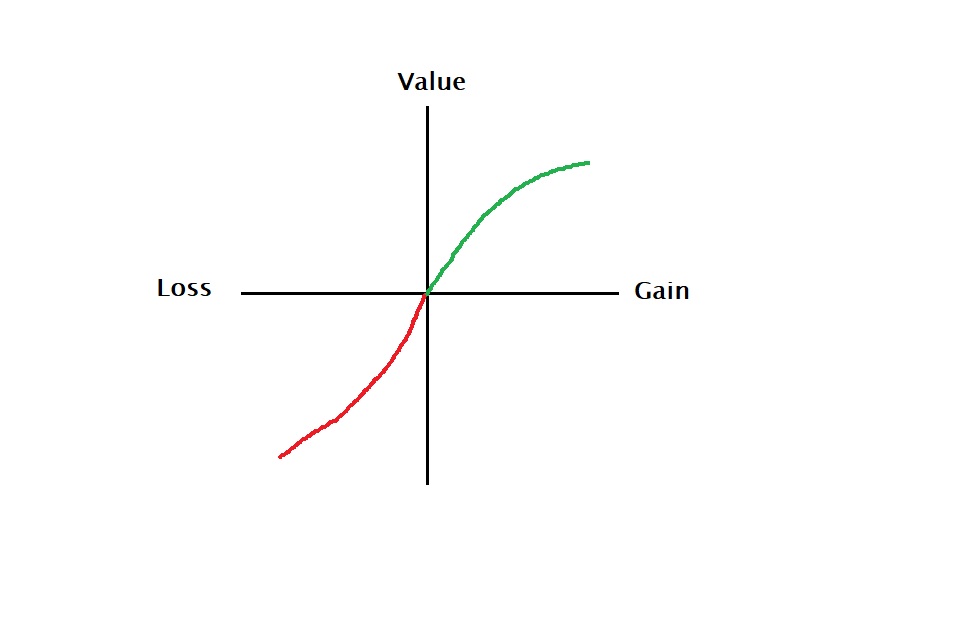Battle of Sexes
Battle of sexes is an example of a game with multiple Nash equilibria. So what is it?
A and B are a couple who want to spend the evening together. A likes to watch football, but B prefers dancing. They go to work agreeing to call each other in the evening to meet up. Because of some network issues, they can’t communicate in the evening. So what is the strategy for the couple? Note that it has become a simultaneous move game. Let’s check the payoffs from each other’s point of view.
| B | |||
| Football | Dance | ||
| A | Football | A:10, B:5 | A:0, B:0 |
| Dance | A:0, B:0 | A:5, B:10 |
A knows B has a chance to go to her favourite dance. Therefore, A decides to go to the dance. Since A has no liking for the show, he can’t get the highest payoff, 10, but is still happy to be with B. B, on the other hand, enjoys dancing with her partner.
From B’s angle, A could go for the football he loves. If both end up on the grounds, the payoff will be similar to the previous case, but the roles will be reversed.
Suddenly, the game has two Nash equilibria; a football equilibrium and a dancing equilibrium. So what could really happen? One possibility is a complete lack of coordination, and the Gift of the Magi, the perfect tale of love and sacrifice, re-enacts zero payoff but maximum drama!
Reaching equilibrium
An equilibrium can happen under any of the three circumstances
1) Equal-partner case: they end up at the same place by luck
2) A-dominating case: B has no doubt that A would be at the football place
3) B -dominating case: A knows B is determined to be at her favourite dance floor
